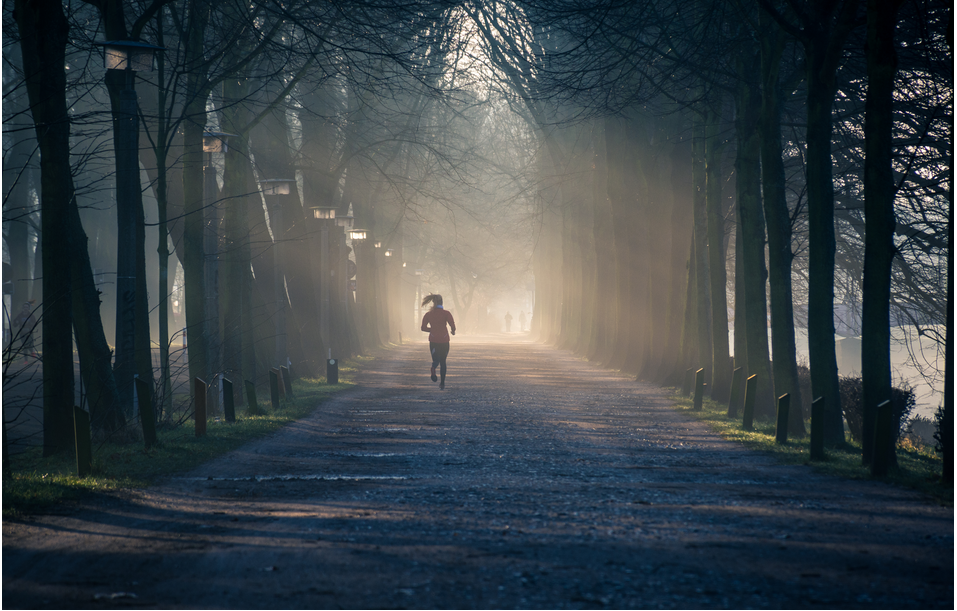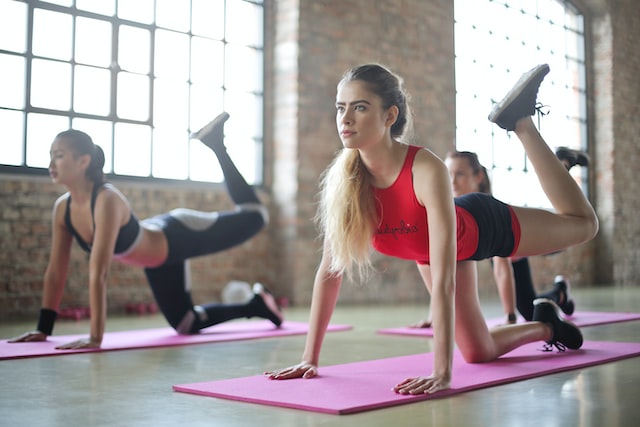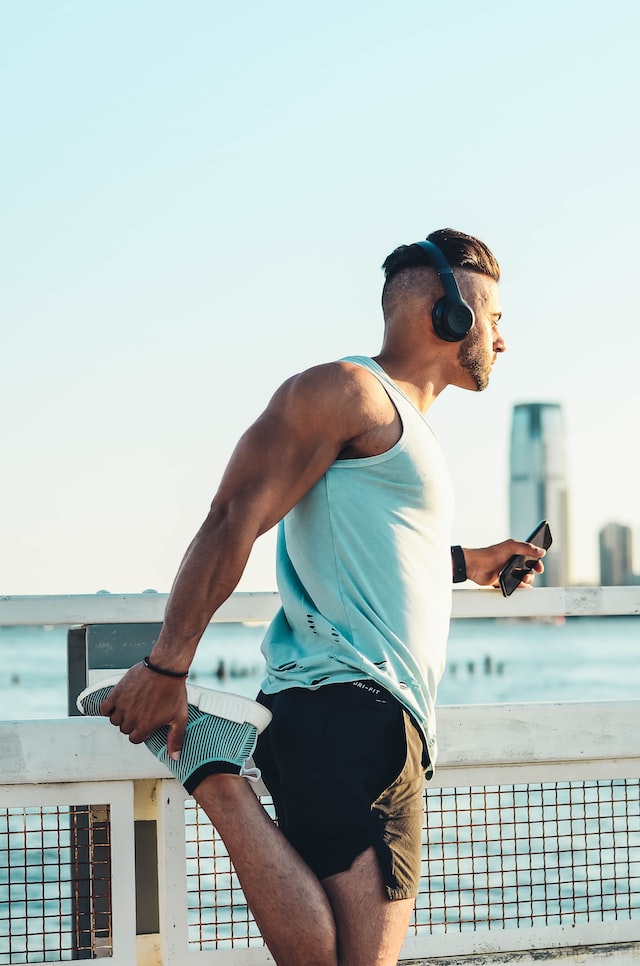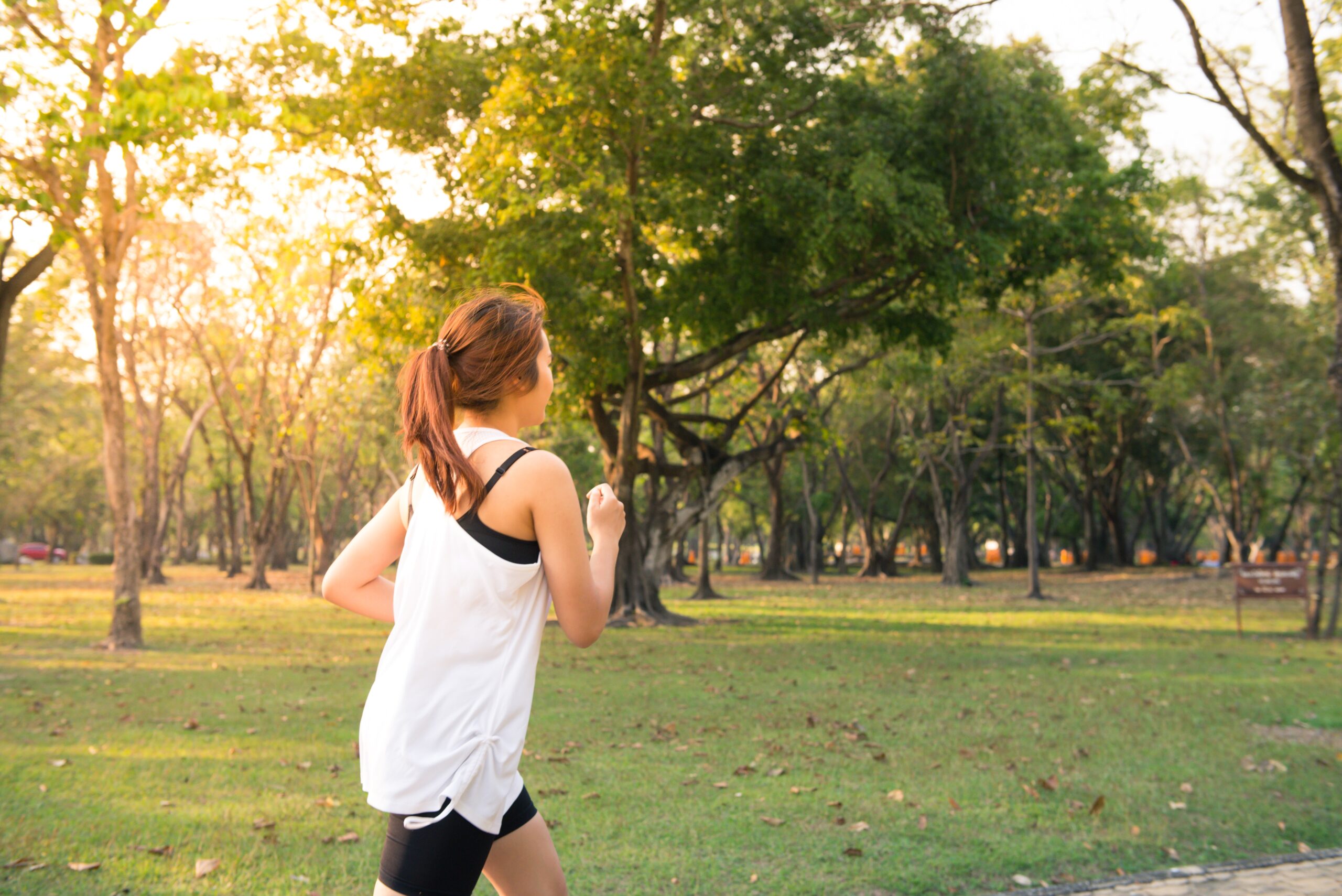It’s a commonly known fact that exercise has a plethora of health benefits, both physical and mental. You can probably rattle off any dozen from the list right now: maintained or reduced body weight, reduced blood pressure, prevention of cancers and heart disease, longer stamina, and so on. Let’s look at a few of the most important mental health benefits that come from exercising.
Improved self-esteem
Continued exercise with slowly increasing intensity can also cause you to lose body fat, making you feel even better about yourself when you look in the mirror. Exercise not only improves how you see yourself in the mirror. It also stimulates the part of the brain that makes you feel satisfied.
Reduction of stress and anxiety
Suffering from anxiety can cause impairment of cognitive functioning. In studies, exercise has been shown to reduce anxiety and sensitivity to stress. Coupled with therapy or another form of mental health help, exercise is one of the leading remedies to curing anxiety disorder naturally.
Improved learning
Certain research has shown that there is a link between learning and memory, and exercise. As we know, exercise improves cognitive function, which can lead to an improved rate of learning. On this same token, exercise is known to increase brain-derived neurotrophic factor, a protein imperative to memory forming.
Increased creativity
For those who love to create, whether it’s the painters of the world, songwriters, designers, or anyone else with a passionate creative itch, exercise has been known to improve creativity levels in people.
Dr. Barbara Edwards, a Princeton MD is the Academic Director for the Ambulatory Residency Program at Penn Medicine Princeton Health, providing quality care to uninsured and under-insured New Jersey residents in Mercer and Middlesex counties.






